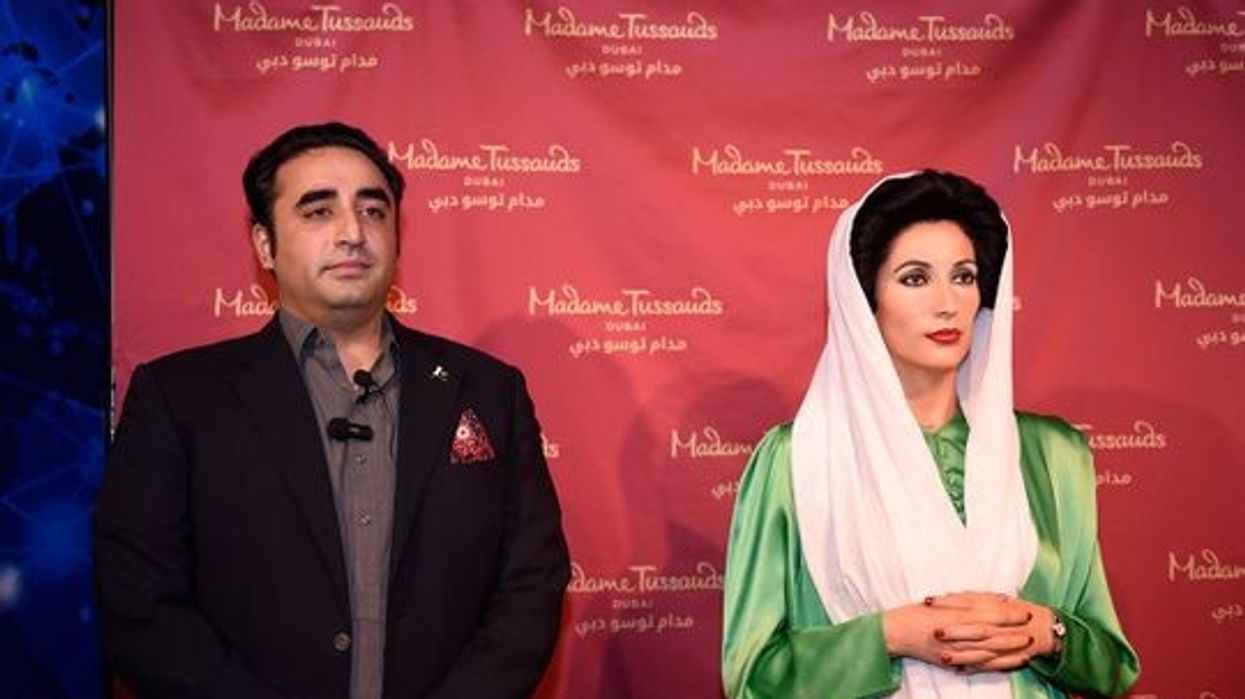Madame Tussauds Dubai unveiled a wax statue of Pakistan's late former prime minister, Benazir Bhutto on Sunday (30), marking her as the first individual from the country to be featured among the famous personalities in the museum's franchise branch.
The figure was unveiled at Bluewaters Island by Pakistan's foreign minister, Bilawal Bhutto Zardari, son of the late prime minister.
The statue had previously been displayed at Madame Tussauds London.
"I first saw this statue in Madame Tussauds London. Dubai holds a special place in our hearts, as my mother and family spent around ten years in exile here. I did my primary and secondary education here in the UAE. I have a strong attachment to this city and country," Bilawal said.
"I am grateful that the memory of my mother has been honoured here in the form of a wax statue. She symbolised democracy, freedom and equality of rights for all the people. She was a progressive face of Pakistan," Khaleej Times newspaper quoted him as saying.
Sanaz Kollsrud, general manager, of Madame Tussauds in Dubai, said the wax figure was sculpted in 1989 and was originally displayed in London.
"We were happy that we could borrow a wax figure and have it here. It has been refreshed, and there is a lot of extra work done on the figure," she said.
The museum is home to a number of personalities from various walks of life, including sports, media, politics, entertainment, bloggers, fashion and others.
Located next to Ain Dubai, the museum was opened in 2021 with 60 global personalities, including prime minister Narendra Modi and famous Indian actors like Ranbir Kapoor, Shah Rukh Khan, Amitabh Bachchan, Katrina Kaif and Salman Khan.
Bhutto served as the 11th and 13th prime minister of Pakistan from 1988 to 1990 and again from 1993 to 1996. She was the first woman elected to head a democratic government in a Muslim-majority country.
She was assassinated on December 27, 2007, during an election rally in Rawalpindi.
(PTI)












